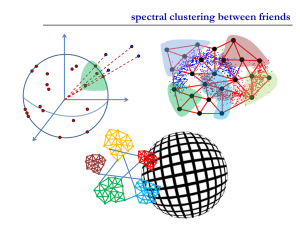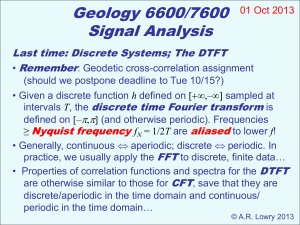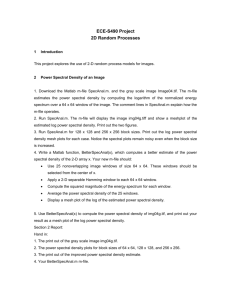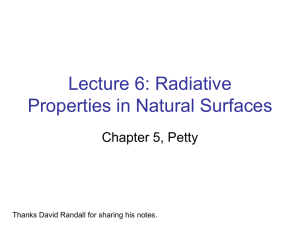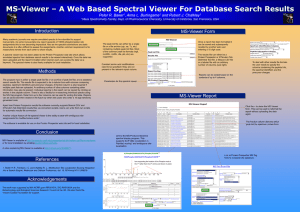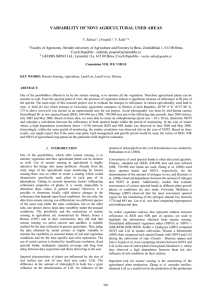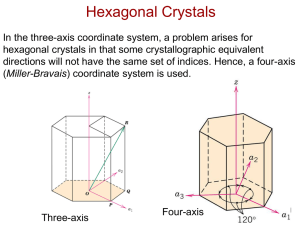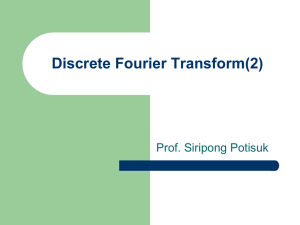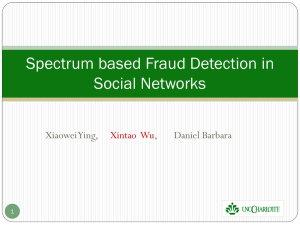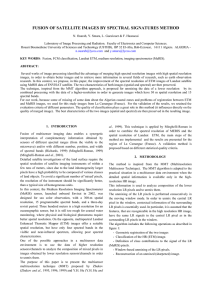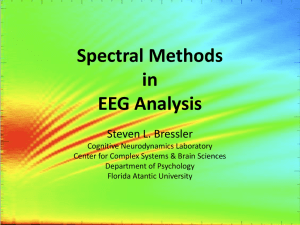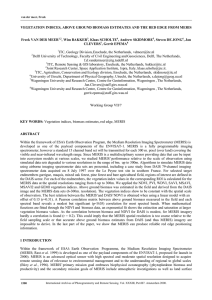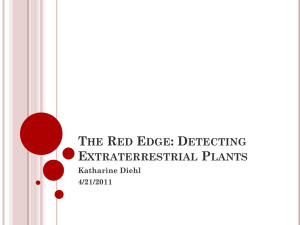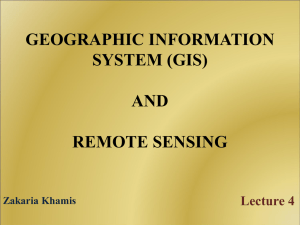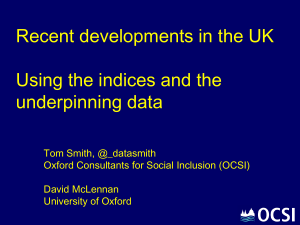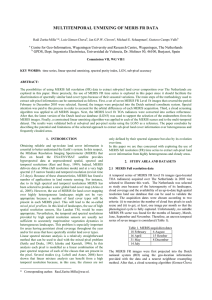D3P2b - SEOM
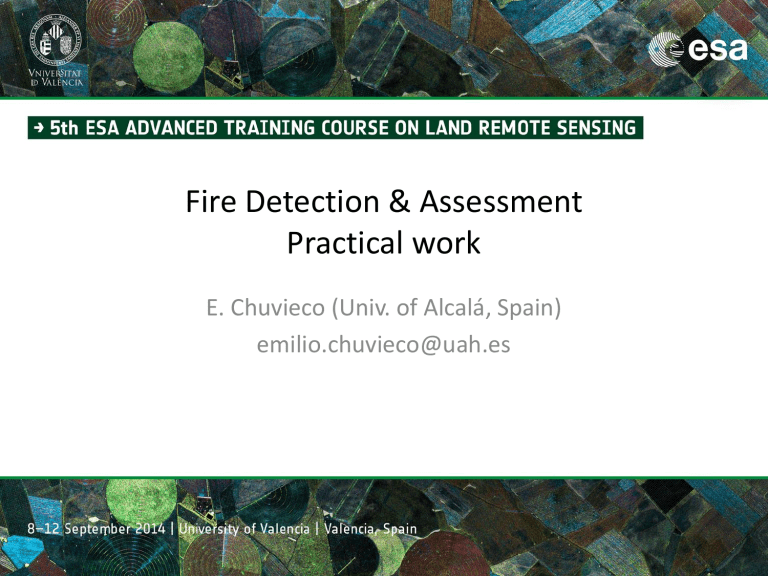
Fire Detection & Assessment
Practical work
E. Chuvieco (Univ. of Alcalá, Spain) emilio.chuvieco@uah.es
Outline
• Objectives.
• Description of images & Code.
• Methods.
• Expected results.
Objectives
• Present an exercise on the extracting of burned area information from satellite data using simple change detection techniques.
• BA detection will be based on optical coarse-resolution sensors: Envisat-MERIS.
• Similar techniques could be applicable to MODIS, VGT, ATSR…
Description of images & Code
• The exercise includes two images acquired by the Envisat-MERIS sensor over the
Northern region of Australia.
• The images are named: MERIS 20050528 and MERIS 20050531 and were acquired on the 28th and 31st May , 2005, respectively.
• The original 15 spectral bands of MERIS include the blue, green, red, red edge and near infrared regions of the EM (Table 1).
Spectral region
MERIS band
Blue Green Red Red Edge NIR
B1 B2 B3 B4 B5 B6 B7 B8 B9 B10 B11 B12 B13 B14 B15
λ (nm) 412.5
442.5 490 510 560 620 665 681 708.75
753.75 760.62 778.75 865 885 900
• In addition, a shape file named hs20050528to31 is provided. It includes the hotspots detected by the MOD14 product between the dates of the two images.
Methods
1. Display the two images in false color composite (RGB: B10/B8/B5). Compare visually the differences between the two. Analyze where the burns are.
- PCI: Open – File (MERIS 20050528)
Select R/G/B planes and
Change to Bands 10,8,5 respectively
-Do the same for the second image
Methods
2. Build spectral curves from the second image including the following categories:
• Bare Soil
• Green Vegetation.
• Old burned areas
• Recent burned areas (between the two dates).
• PCI: Right button on image: Spectral plot – Adjust plot range – Spectra from Image
- Comment the spectral differences between the different classes. Which region is more sensitive to differentiate between vegetation and burns? Which one between soil and burns? Which one between recent and old burns?
NDWI
NDWI (
(
NDWI
860
(
860
(
(
1240 )
860
1240
)
1240
1240
)
)
Methods
3. Build a spectral index that could emphasize the signal of burned area over vegetation and soils.
- Compute this index for the two dates.
- Compute the difference between the two indices.
- Obtain a binary image from this difference by establishing a relevant threshold, based on the spectral information previously analyzed.
- NDVI = (ρ
NIR
- ρ red
) / (ρ
NIR
+ ρ red
)
Selecting a sensitivity burned signal index
Triggs & Flasse, 2001
Sensitivy of different indices
NDVI
BAI
GEMI
Pre-post fire indices
NDVI
SAVI
GEMI
BAI
PCI commands:
1. Create an image with Red and NIR bands for the two images.
- File Translate: first image, export to PIX format B8 and B10.
- File transfer: move B8 and B10 of second image to file generated before.
2. Create additional bands for calculation of Spectral Indices,
- Files folders: Right button, New – Raster – 32 bit Real.
. Tools – EASI Modeling.
3. Compute spectral indices:
- Each band is identified by a %. For instance an NDVI would be (%1 R %2 NIR):
- %5=(%2-%1))/(%2+%1)
4. Compute differences from the two dates.
- %7=%6-%5
5. Analyze histogram of differences:
- Right button, Histogram with statistics
PCI commands:
6. Binaryze histogram.
- Use EASY Modeling logic functions:
If %X > XX then
%Y = 1
Else
%Y=0
Endif
7. Compute statistics and create lookup tables
- Right button: View as Pseudocolor. Assign adequate colors to each category.
Methods
3b. Try alternative spectral indices:
Global Environmental Monitoring Index (GEMI)
GEMI = η (1 – 0.25 η) - (
RED
– 0.125) / (1 -
RED
)
Where
η = (2 (
NIR
2
RED
2 ) + 1.5
NIR
+ 0.5
RED) / (
RED
= Red reflectance [unitless]
NIR
+
NIR
= Near Read Infrared reflectance [unitless]
RED
+ 0.5)
Methods
4. Compare the result with the location of hotsposts included in the shape file. Try to understand why some areas detected as active fires may not have been discriminated by your change detection index.
- Open shape file on top of the color code result of previous segmentation.
- Analyze visually the coincides.
- Quantitative comparisons may be obtained through: Analysis - Classification -
Accuracy Assessment – Select Classified image – Samples from vectors – Accuracy report
Methods
5. If you have enough time, try to classify the two images and compare the results with the change detection of spectral indices and compare the results.
- Translate the second image to PCI (File - Translate)
- Open two 8 bits bands for classification.
- Analysis – Image Classification – Supervised.
- Define training classes.
- Select training fields.
- Classify with maximum likelihood.
- Compare results with hotspots.


